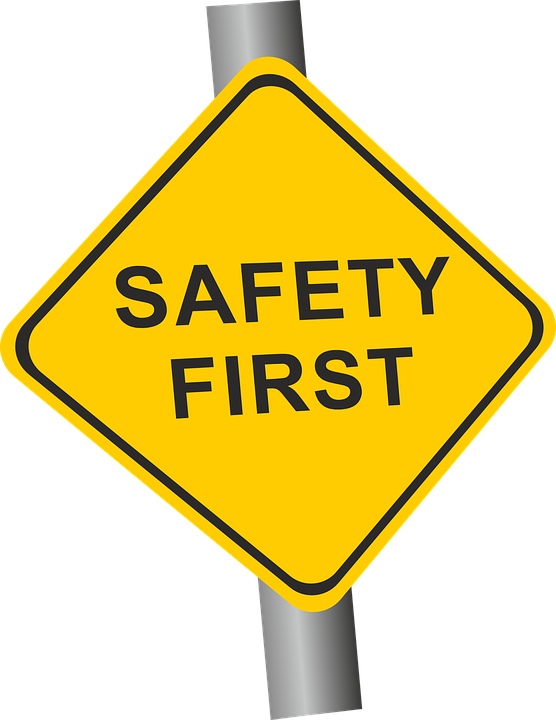3 Ps to Keeping Safe with Epilepsy
Epilepsy News From: Wednesday, January 11, 2017
For many living with epilepsy, the occurrence of breakthrough seizures is an ongoing concern. Although this concern may never go away completely, below are several tips for people living with epilepsy and caregivers on how to prevent seizures and stay safe.

1. Prevent
You can take steps to prevent the occurrence of a breakthrough seizure by actively managing your epilepsy. The best way to prevent seizures is to take your seizure medications as instructed.
If you are not seizure-free on your current medications, talk with your health care team at every visit about possible changes to your treatment plan. As noted on our medication page, many medication options are available. If seizures are not controlled after appropriate attempts with 2 medications, other non-medication strategies (such as surgery, devices, or dietary therapy) may be considered.
Looking at triggers for your seizures or patterns for when your seizures occur may also be helpful. Keeping a seizure diary can help you identify seizure triggers. Some people may not have any trigger or pattern that they can recognize. However, if anything can be identified, this may help you and your health care team improve your treatment plan to prevent seizures from happening. Part of this plan may be to avoid the identified triggers.
2. Pause
If you are encountering a new situation where you think you might get hurt if you had a seizure, simply pause and think. Many people with epilepsy will ask their physicians if it is okay for them to do certain activities, such as ride a bike or take a vacation. The answer is typically based on common sense. The person with epilepsy should simply ask them self, “If I had a seizure during the activity, would I get hurt or hurt others?”
Many times the activity can be modified to make it safer. Although you may never be able to take all the risk out of an activity, if you can pause and think about the situation, you may be able figure out a solution. Check out the tips for safety at work, at camp, and with exercise and sports.
If you need help, ask your health care provider, contact your local Epilepsy Foundation, or connect with others online, because other people may have asked about the same situation.
3. Plan
Coming up with an individualized seizure response plan is important to ensure your safety. For most people, this may include making sure that your family members and close friends know what to do when a seizure occurs and when to call for help.
You can find basic tips on how to respond to a seizure on our seizure first aid page. When to call for emergency help varies from person to person. However, most people with epilepsy will need additional help if a seizure lasts longer than 5 minutes without stopping or multiple seizures occur in a row and the person is not responsive in between.
Talk to your doctor about your risk for a seizure emergency and developing a seizure rescue plan. Your physician may consider providing a rescue medication to be given at the time of a seizure to try and stop it immediately. Having a well-developed plan will help keep you safe if a seizure happens.
Conclusion
Keeping these three steps in mind will help keep you safe during a seizure. By being prepared, you can empower yourself to stay safe and decrease any worries you may have.
Authored by
Matthew Hoerth MD
Reviewed Date
Wednesday, January 11, 2017
